It’s that time of year again: National Summit Day!
Yep, that’s right — National Summit Day is upon us, so it’s time to strap on your hiking boots and hit the trail on August 7.
Never heard of National Summit Day before? No problem! The day is a time to celebrate mountain peaks and all who venture outside to climb them. It takes place on the first Saturday of every August, so it’s the perfect time to get outside and enjoy the wonderful mountains that make our planet so special.
Whether you’re celebrating your first National Summit Day or you’re a seasoned Summit Day adventurer, there’s no better way to join in the festivities than to spend the day peak bagging.
To get you started, we’ve put together this list of 10 iconic peaks to climb this National Summit Day. From the rocky slopes of Mount Washington to the panoramic vistas of Mount Whitney, here are 10 top hikes to consider this August.
1. Mount Washington, White Mountains, New Hampshire
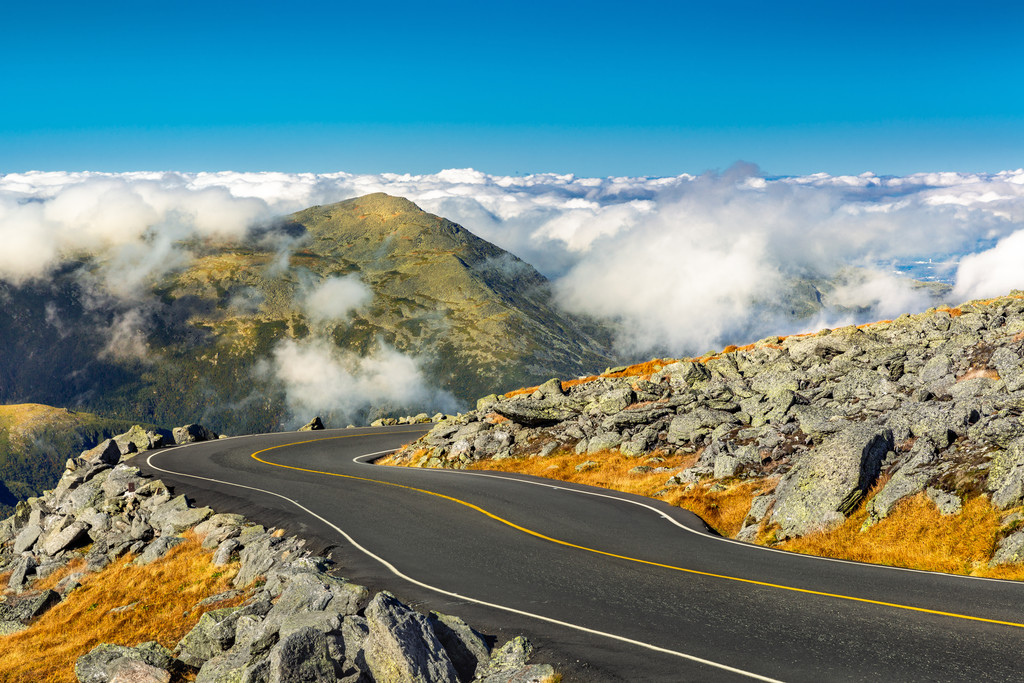
Number one on our list of the United States’ most iconic peaks is Mount Washington (Agiocochook) of the White Mountains in New Hampshire. Mount Washington is actually the highest point in the Granite State and one of its most famous destinations.
At 6,288 ft (1,916 m) in elevation, Mount Washington might not reach the towering heights that we find in some of its counterparts in the Rockies; however, Mount Washington is the most prominent peak to the east of the Mississippi River. Plus, Mount Washington is known for its truly harsh weather, and the peak is still the record holder for the fastest non-hurricane and non-tornadic winds ever recorded on Earth (a whopping 231 mph/372 km/h).
There are many, many ways to hike to the summit of Mount Washington. The trails up the Lion Head, and Boot Spurr are among the most popular, though you can approach the summit from nearly any direction. However, take care on the mountain and check the weather before you leave because conditions on Mount Washington can change at a moment’s notice.
2. Mount Whitney, Sierra Nevada, California
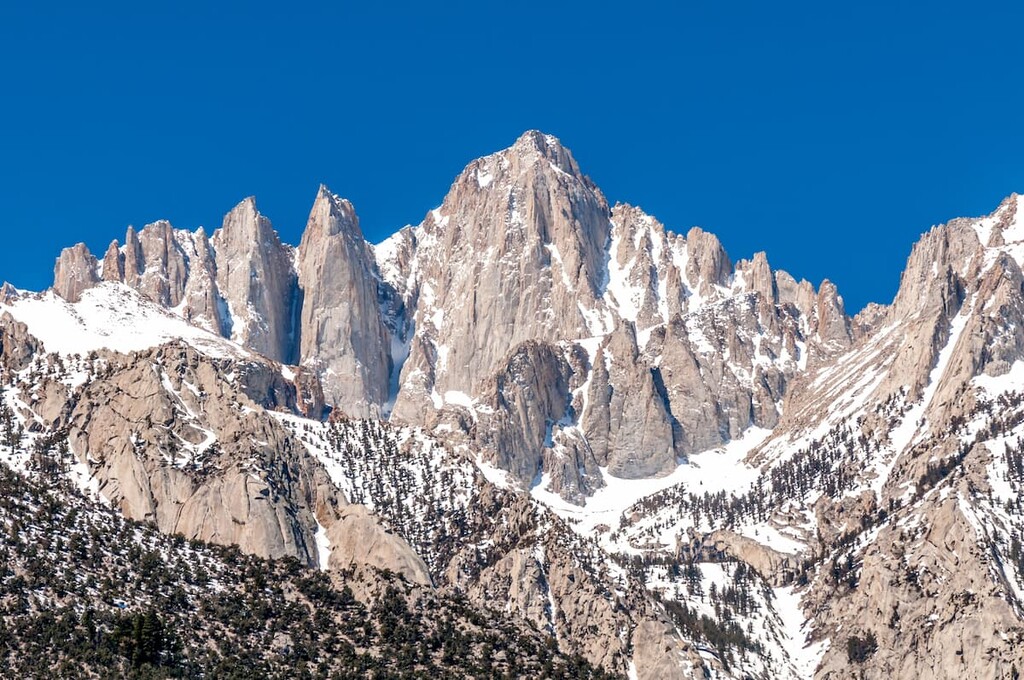
No list of iconic peaks would be complete without Mount Whitney (Tumanguya). As the tallest peak in the Sierra Nevada, California, and the entire continental United States, the rugged slopes of Mount Whitney are a peak bagger’s delight.
Mount Whitney is one of the most prominent peaks in the country. It’s also only 84.6 mi (136.2 km) away from the lowest point in North America—Badwater Basin in Death Valley—so it’s ultra-level prominence is particularly impressive.
As you might suspect, getting to the summit of Mount Whitney is no easy feat. The most popular route is the Mount Whitney Trail from Whitney Portal in Inyo National Forest. However, most people complete the route as an overnight trip, and all trips into the Mount Whitney Zone during the summer require a permit. So, plan ahead if you want to summit Mount Whitney this National Summit Day!
3. La Plata Peak, Rocky Mountains, Colorado
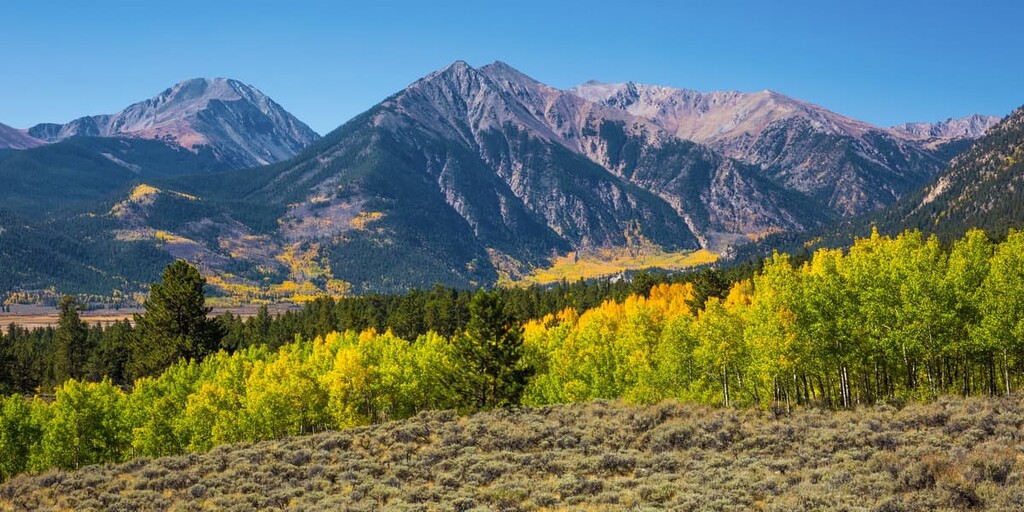
The fifth-highest peak in the state of Colorado and in the US Rocky Mountains, La Plata Peak is a stunning destination that should be on any peak bagger’s list. La Plata is located within the Collegiate Peaks Wilderness of the San Isabel National Forest and a trip to the mountain is one of the best day hikes to the summit of a 14er.
While nearby Mount Elbert, Mount Massive, and Mount Harvard might be taller than La Plata, few other mountains rival the peak in terms of the quality of views you can get from the summit. Of course, any trip to the summit of La Plata is strenuous, and it’s recommended that you hike at least one other 14er before attempting this trek.
If you do want to climb La Plata, you have a number of different options. By far the most popular hike starts from near Highway 82 and travels about 9.2 miles (14.8 km) to the summit. Most hikers can complete this as a day trip but do note that afternoon thunderstorms are common in the area, so start your adventure early in the day.
4. Black Elk Peak, Black Hills, South Dakota
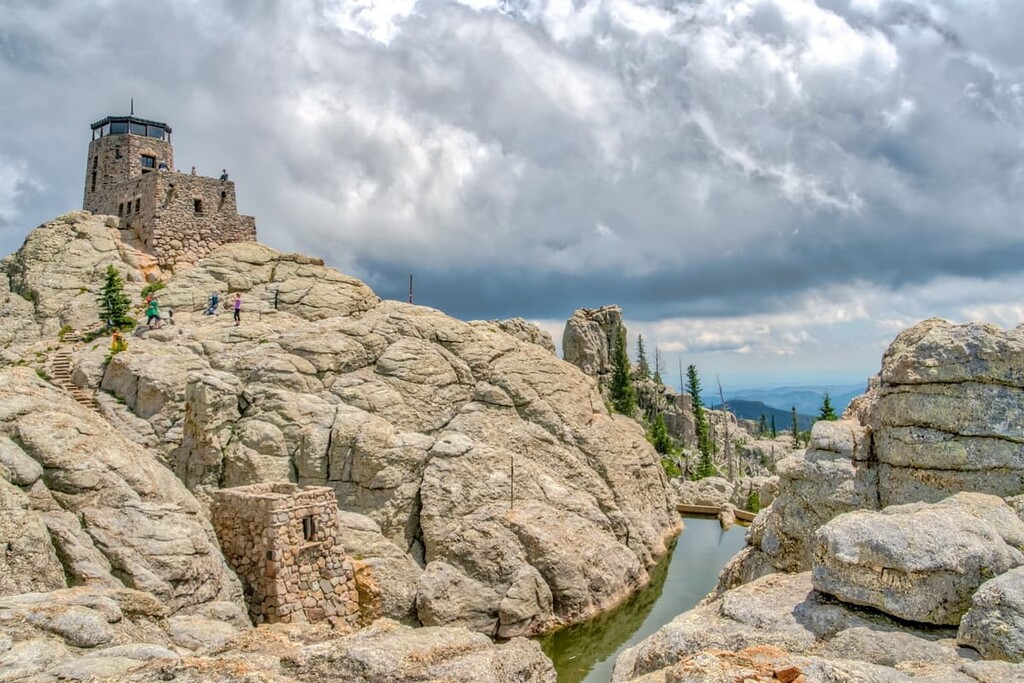
Black Elk Peak (Hiŋháŋ Káǧa/Heȟáka Sápa), is the tallest point in the state of South Dakota and one of the most recognizable peaks in the region. Rising up dramatically above the plains below, the summit of Black Elk Peak is considered to be the tallest peak in the US to the east of the Rocky Mountains.
The peak holds significant cultural importance for a number of local tribal nations as it is where Black Elk of the Oglala Sioux received a Great Vision as a child. Black Elk later became a medicine man and a highly respected member of his community.
As is the case with many mountains on our list, there are a number of ways to reach the summit of Black Elk Peak. One of the most popular is a 7.9 mile (12.7 km) loop that starts at Sylvan Lake. Once at the summit, you can also check out the old fire lookout tower and the expansive views below.
5. Glacier Peak, Cascade Range, Washington
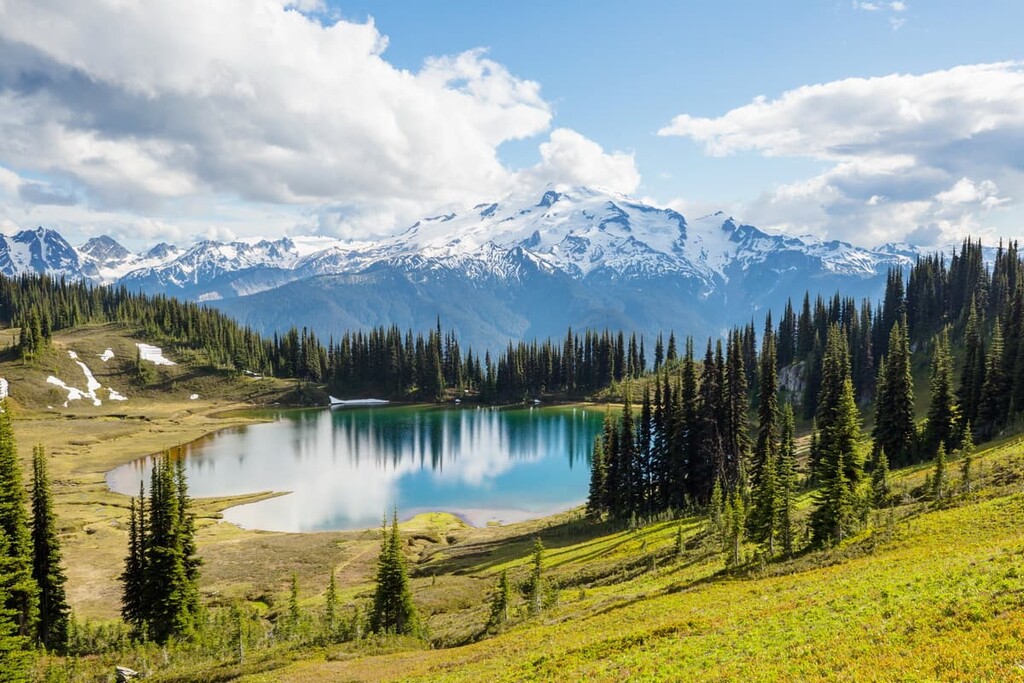
It may not be as well known as its taller siblings, including Mount Rainier, Mount Adams, and Mount Baker, but Glacier Peak (Dakobed/Takobia) is one of the veritable mountaineering gems of the Cascades in Washington.
Indeed, Glacier Peak is one of the region’s main stratovolcanoes, though its longer approach and shorter stature means that it’s less frequently climbed than Mount Rainier. Nevertheless, Glacier Peak is home to an assortment of superb glacial mountaineering routes that offer something for climbers of all skill levels.
The route up the peak’s Cool Glacier is one of the most popular and it can be done in a 2 to 4 day trip. Alternatively, you can venture up the Chocolate Glacier if you’re looking for a bit more of a challenge. Either way, note that you will need glacial mountaineering skills and equipment to complete this climb, so consider hiring a qualified guide if you’re not comfortable in technical terrain.
6. Seneca Rocks, Appalachian Mountains, West Virginia
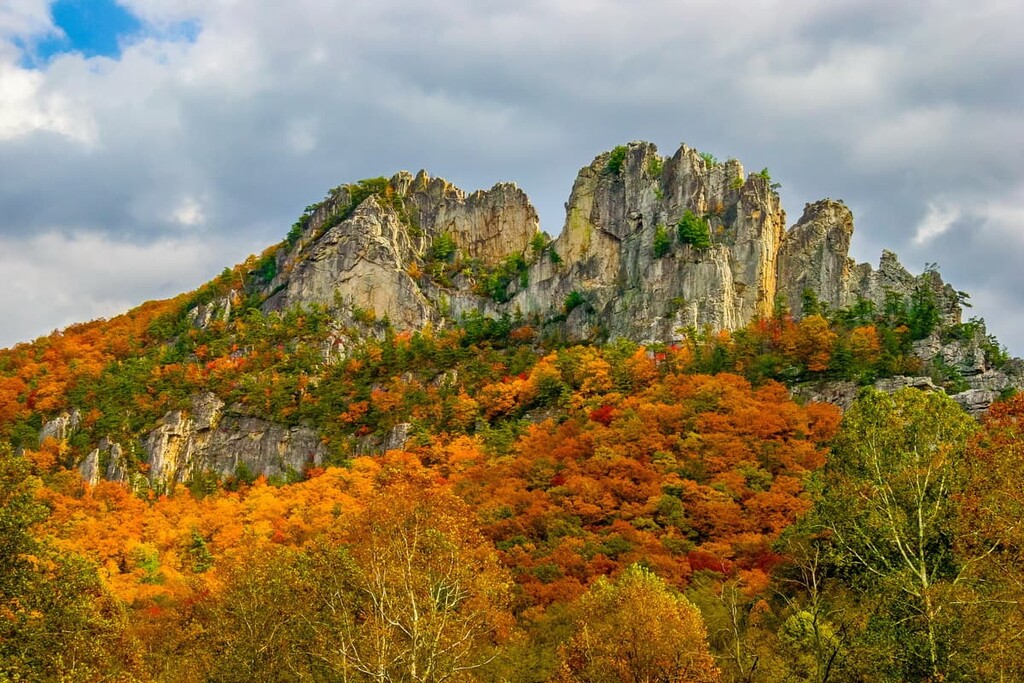
One of the only peaks to the east of the Mississippi River that requires technical climbing to reach its summit, Seneca Rocks is a must-visit for the avid mountaineers among us. The peak is located in West Virginia’s Eastern Panhandle in Monongahela National Forest and it offers fantastic adventure opportunities for climbers of all skill levels.
Thankfully, the bulk of the climbing on Seneca Rocks is relatively moderate, so it’s suitable for newer climbers. There are many different approach options, depending on your chosen route, though most climbers head for the Southern Pillar or South Peak.
Since summiting Seneca Rocks requires technical rock climbing skills and equipment, it’s only suitable for people who are comfortable with route finding in tricky technical terrain. If you’re not already a confident climber, consider hiring a qualified guide from one of the region’s many guide services to show you the ropes for the day.
7. Mount Marathon, Chugach Mountains, Alaska
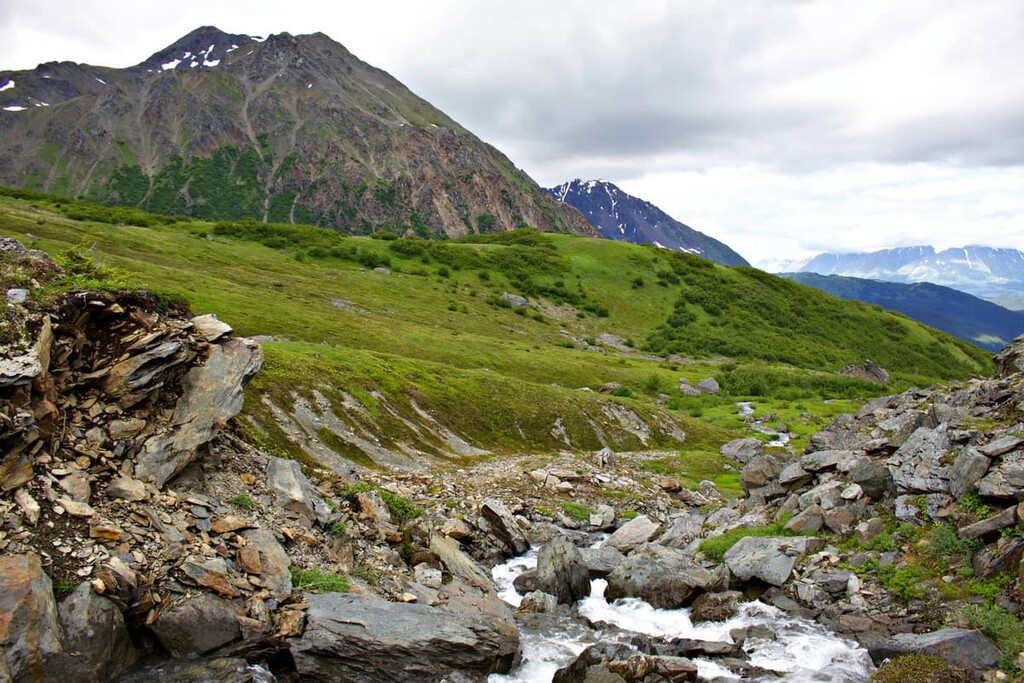
The northernmost peak on our list, Mount Marathon is a prominent peak that towers above the town of Seward, Alaska in the south-central part of the state. Mount Marathon might be modest in elevation when compared to Denali, but it has a reputation for being one of the most challenging—and rewarding—non-technical hikes in Alaska.
In fact, Mount Marathon is the site of its namesake Mount Marathon Race, which is traditionally held every Fourth of July. The race is a true test of speed and endurance as hundreds of racers climb nearly 3,000 feet (914 m) and descend back to sea level in as fast as 41 minutes.
Even if you’re not running in the race, you can still climb to the summit of the Race Point, which is accessible via a very steep trail that begins on Jefferson Street and Lowell Canyon Road. Alternatively, you can hike to the beautiful Marathon Bowl, which is a massive cirque located below the Race Point if you’re looking for slightly less of a challenge.
8. Skylight Peak, Adirondack Mountains, New York
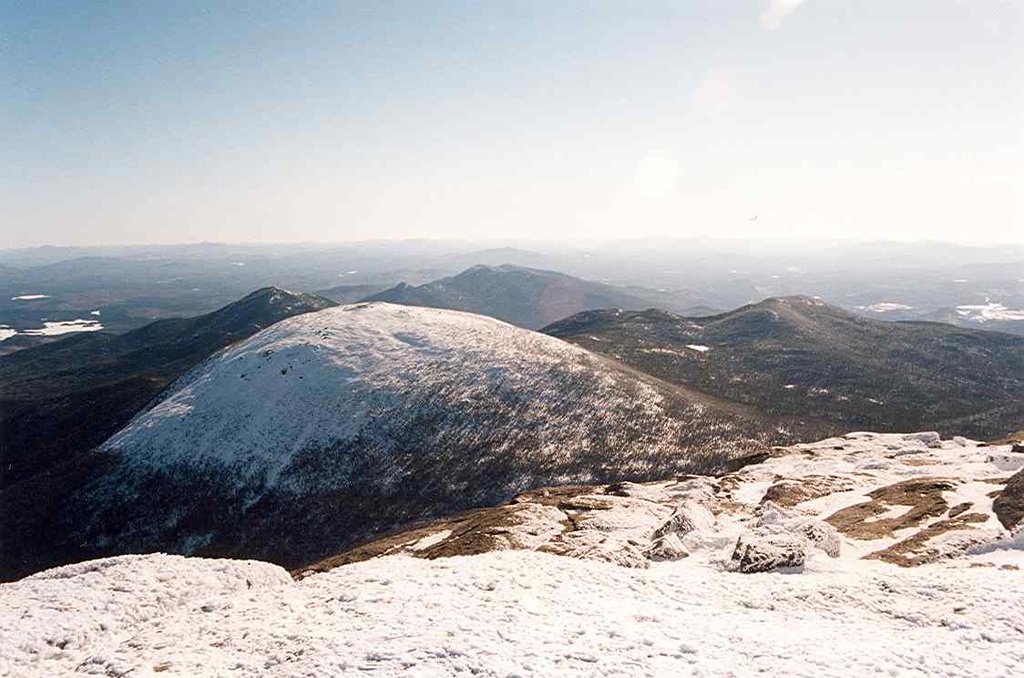
Often overlooked in favor of its lofty neighbor, Mount Marcy, Skylight Peak is arguably one of the most scenic adventures of all the Adirondack 46ers.
The peak is very remote for the range, so it isn’t as commonly climbed as others like Cascade and Porter. But if you want a true adventure with spectacular views, the trip to Skylight Peak isn’t to be missed.
There’s technically only one trail that leads to the summit and it begins at the Four Corners trail junction. You can reach the junction by climbing up and over Mount Marcy or from the Flowed Lands. You could also reach the peak from Panther Gorge and Elk Lake. Either way, if you make it this far into the High Peaks Wilderness, consider submitting nearby Gray Peak.
9. Mount Timpanogos, Wasatch Range, Utah
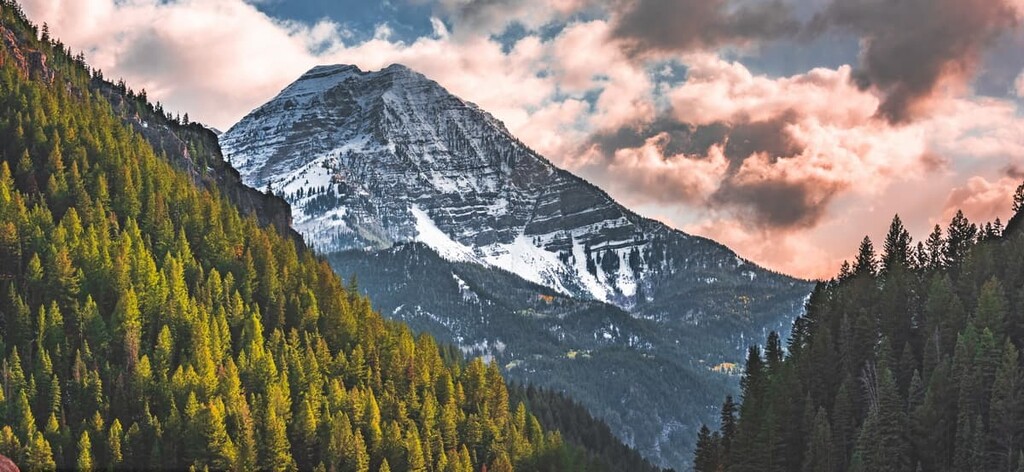
Arguably the most popular summit hike in Utah, Mount Timpanogos is the second-highest peak in the Wasatch Range and one of the state’s most recognizable mountains. The peak towers above the city of Provo in the Wasatch Front and it’s home to Timpanogos Cave National Monument.
Hiking on Mount Timpanogos is a popular activity in the region due to the peak’s relative accessibility. Do note, however, that Mount Timpanogos gets a lot of snow in the winter, so trips to the peak when snow is on the ground require mountaineering and avalanche rescue skills.
Reaching the summit of Mount Timpanogos is a 14 mile (23 km) hike, so it’s not for the faint of heart. However, there are two trails to the summit, both of which feature spectacular views and great opportunities to see wildlife.
10. Gannett Peak, Wind River Range, Wyoming
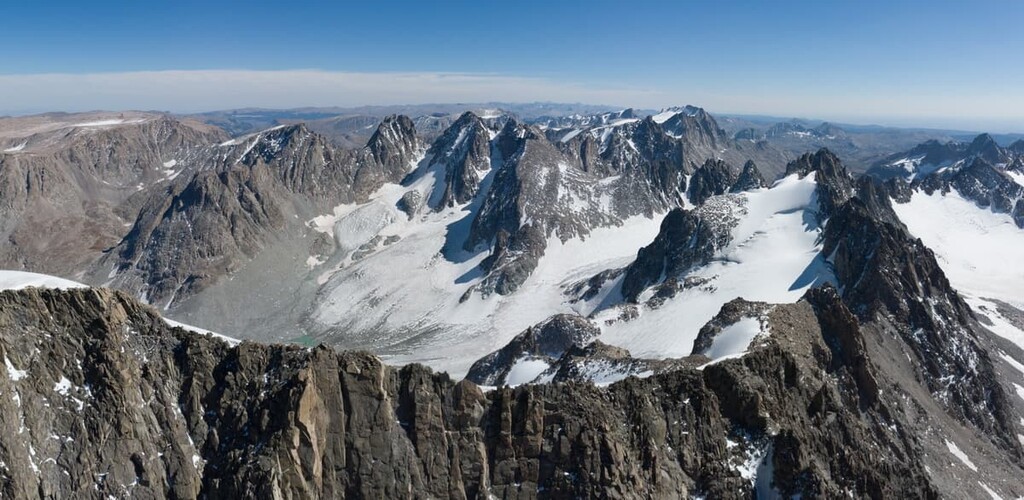
Last but not least, Gannett Peak is the highest point in the state of Wyoming and the Wind River Range. While it might not be as famous as its slightly shorter sibling, the Grand Teton, Gannett Peak is heavily glaciated and it’s located along the crest of the Continental Divide.
When compared to the Grand Teton, Gannett Peak sees substantially fewer visitors, perhaps because its approach is much longer. Many people approach the peak along the Glacier Trail, which is an approximately 43 mile (69 km) round-trip adventure.
However, if you have the time and desire to make the trek, Gannett Peak and its panoramic vistas don’t disappoint. You will need mountaineering skills to reach the summit, though, but you can always stop just short of the summit and admire the views from the below if you don’t quite have a head for heights.
